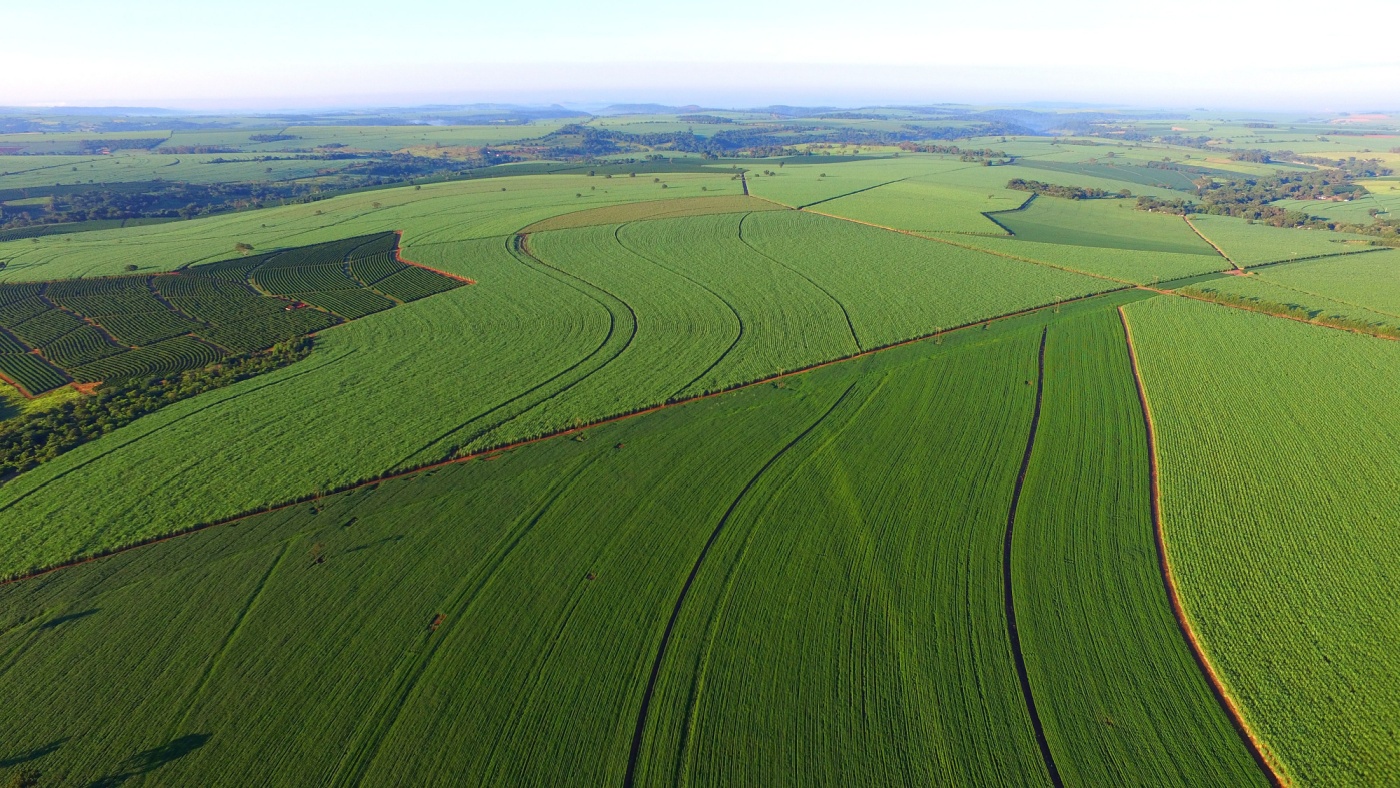USDA’s May WASDE report is about reconciling what the balance sheets will look like for the forthcoming marketing year. That’s the assessment of Mac Marshall, the vice president of market intelligence for the United Soybean Board. He talks about what the May numbers mean for the soy market.
“We know that the area figure that USDA is operating with is 86-and-a-half-million planted acres. We’ll get an adjustment to that likely at the end of June. And then, with the trend yield at 52 bushels to the acre, really the supply side is pretty much set except for shifts and inventories. So, we’re looking at the demand side of the balance sheet domestically, and where we come out with that is we’ve got 125-million-bushel growth in crush. Reconcile that against our 4.4 billion bushel expected crop based on these initial numbers, and that means 54 percent of our crop is going into the domestic crush. So, this trend of expansion that we’ve seen over the last couple of years, USDA has seen that continuing into this next marketing year, which is certainly good news.”
He says the less positive news in the WASDE has to do with the price of soybeans.
“Now naturally, as we have more crush, that means we’re going to be producing more meal and more oil, and the demand channels that those go into, you have a billion-pound growth in soybean oil use in biofuels, so continued growth in that industry is certainly exciting. But there’s also a downside to all of this. The price levels that we’re looking at, at least in this USDA report, are significantly lower than what farmers have been used over the last couple of years. We’re looking at a marketing year average price of $11.20 a bushel, a far cry from the 12-plus to 14-plus we’ve seen over the last couple years.”
Marshall says the May report brought a little more clarity to Brazil’s soybean crop.
“Turning to the international side of things, we get a little bit more reconciliation of that Brazilian crop, which is still very large, about 96 percent harvested last I saw earlier this week, coming in at 154 million metric tons, a little bit above the average pre-market estimates.”
Keep up with the latest news from the United Soybean Board at unitedsoybean.org.


